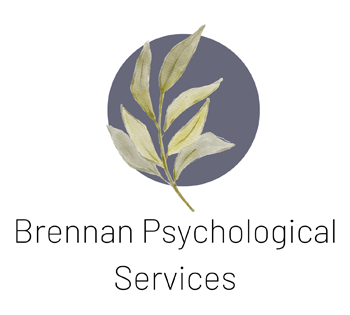Mindfulness Isn’t About Relaxation
There’s a common misconception that practicing mindfulness will help you relax when you’re feeling stressed. While practicing mindfulness might help you relax, it may not always have that effect. And that’s OK – it’s still helpful for managing stress (and more).
What is mindfulness?
There are two core components of mindfulness: 1) focusing your attention on the present, and 2) taking a non-judgmental stance to observing your experience.
Mindfulness can be practiced as a traditional seated meditation, when you close your eyes and practice focusing in on a part of your present moment experience (for example, listening to the sounds in your environment or noticing your breathing). But there are also plenty of other ways to practice mindfulness (more on this later).
If I don’t feel better in the moment, what’s the point?
This is a completely understandable concern. It can take effort and time to practice mindfulness, and you probably don’t want to spend your time on something that’s not going to help. The good news is that research shows us that practicing mindfulness can help with a number of mental health concerns, including depression, anxiety, and PTSD.
Here’s why mindfulness helps: when we’re feeling depressed, having thoughts about a past trauma, or even just revisiting an embarrassing memory over and over again, our mind is stuck in the past. Likewise, worry and anxiety often involve being stuck in the future – worrying what will happen if a parent becomes sick, or fearing that an upcoming car ride will lead to a panic attack. By being stuck in the past or the future, it can be hard to appreciate what is going on in the present moment. Practicing mindfulness is like building a muscle – you’re gradually training your mind to notice when it’s drifted from the present moment and to bring it back to what you want to focus on.
Here are some tips for practicing mindfulness:
1) Engage fully in whatever you’re doing. If you’re having dinner with your partner, try not to also be texting or on your phone. When you’re watching a movie, try doing just that and avoid checking your email at the same time. Basically, whenever you’re multitasking , you’re not being mindful.
2) Pay attention to your senses. For example, taking even just a few moments to notice the sounds around you, or savoring the smells as you cook your favorite meal can anchor you to the present moment.
3) Try to notice and let go of judgments like “good” or “bad”, “right” or “wrong.” There is no “wrong” way to practice mindfulness. Instead, can you describe your experience using only the facts?
4) If you like more formal, guided meditations, there are a few excellent apps, including Mindfulness Coach (free), Mindful Mamas (free and a great resource for new and expecting mothers), Headspace, and Calm.
References:
1. Hofmann, S. G., Sawyer, A. T., Witt, A. A., & Oh, D. (2010). The effect of mindfulness-based therapy on anxiety and depression: A meta-analytic review. Journal of consulting and clinical psychology, 78(2), 169.
2. Boyd, J. E., Lanius, R. A., & McKinnon, M. C. (2018). Mindfulness-based treatments for posttraumatic stress disorder: a review of the treatment literature and neurobiological evidence. Journal of Psychiatry and Neuroscience, 43(1), 7-25.
3. Banks, K., Newman, E., & Saleem, J. (2015). An overview of the research on mindfulness‐based interventions for treating symptoms of posttraumatic stress disorder: A systematic review. Journal of clinical psychology, 71(10), 935-963.

